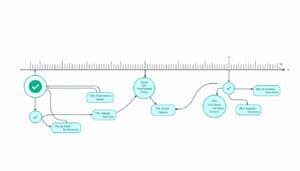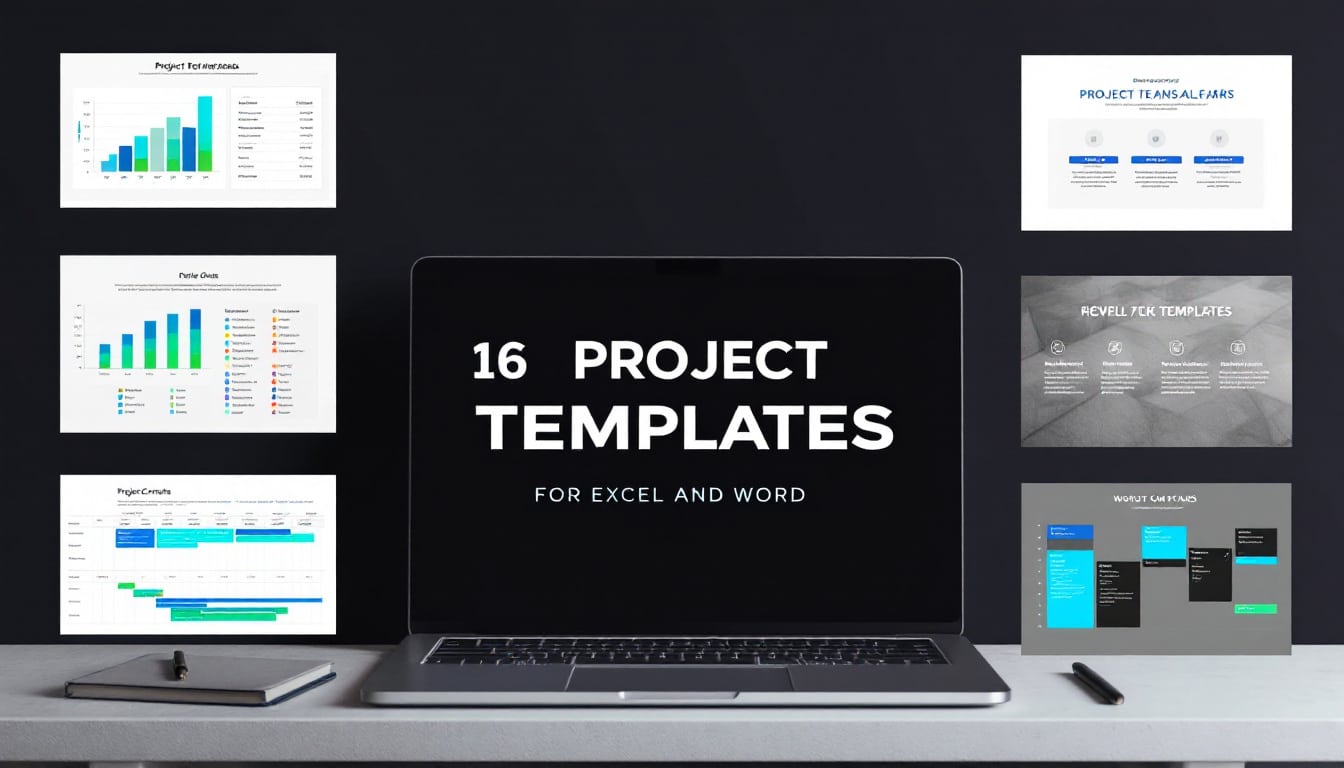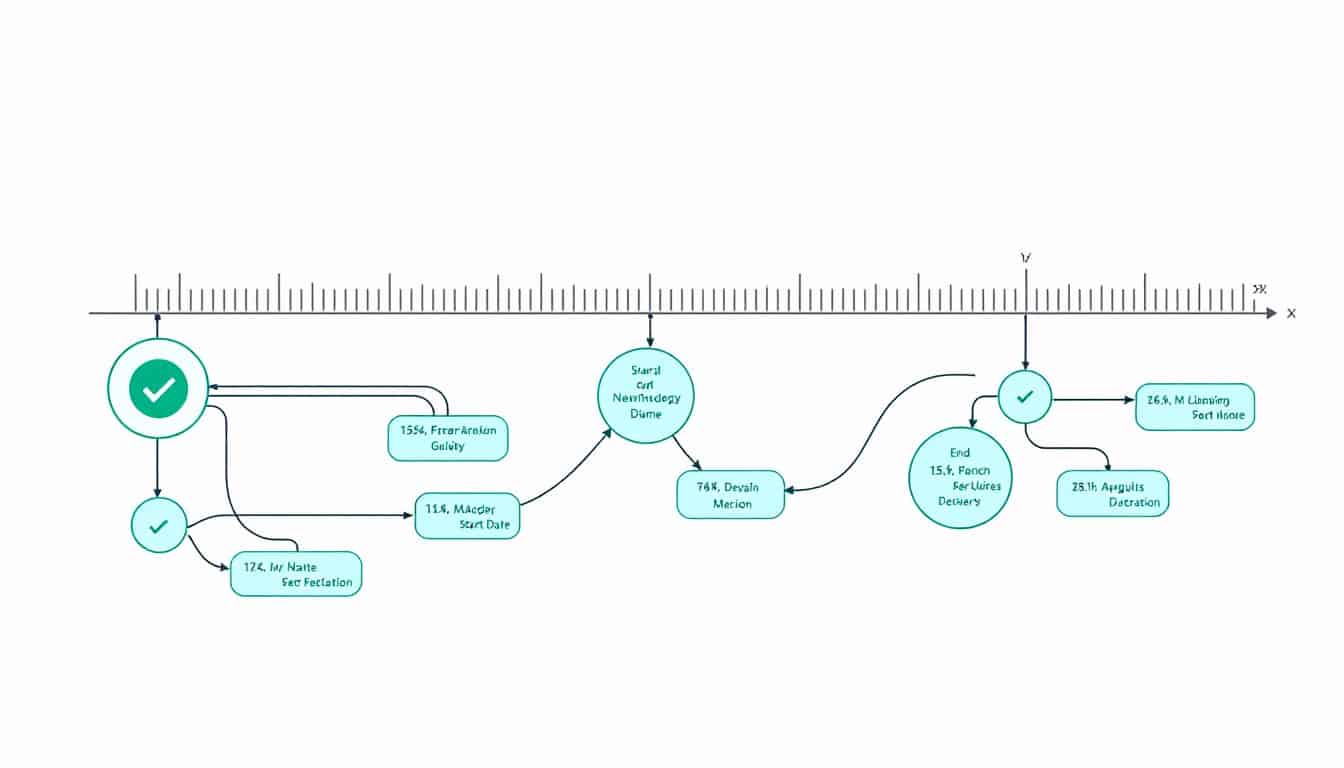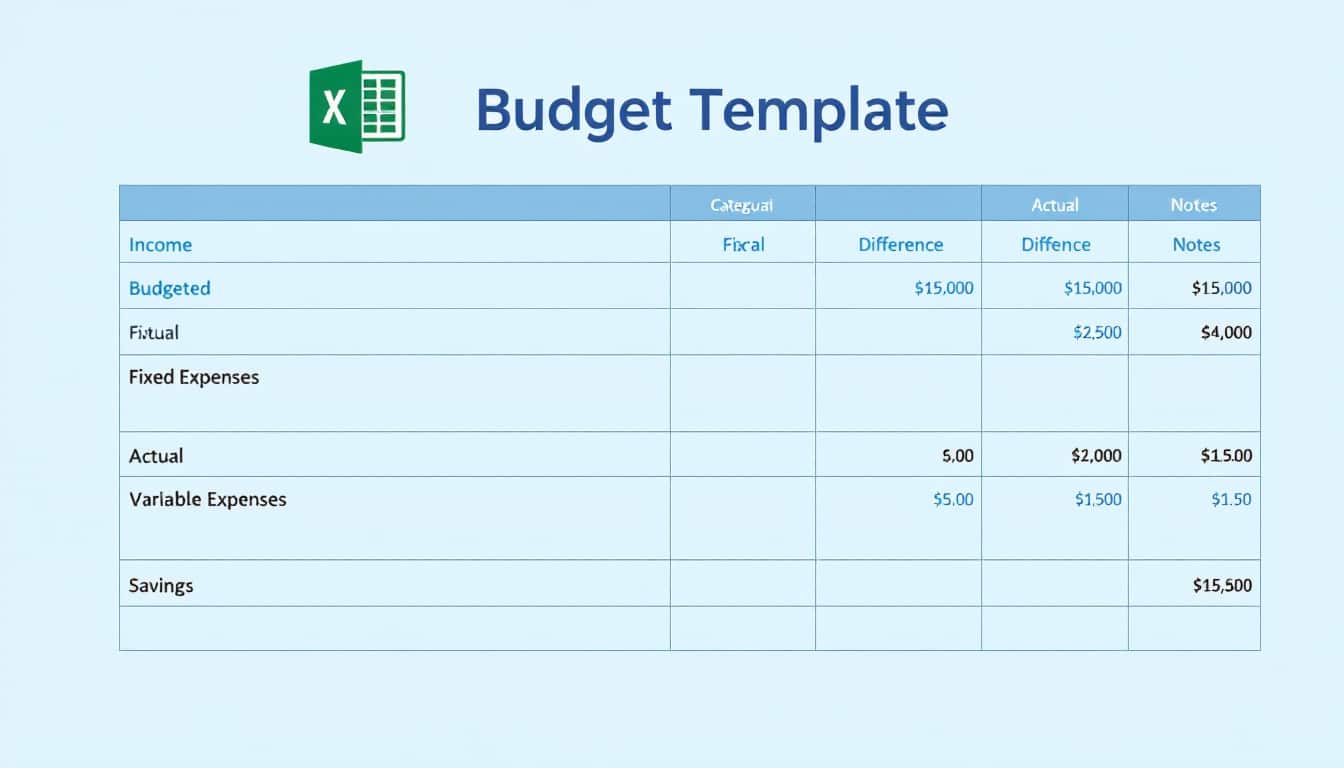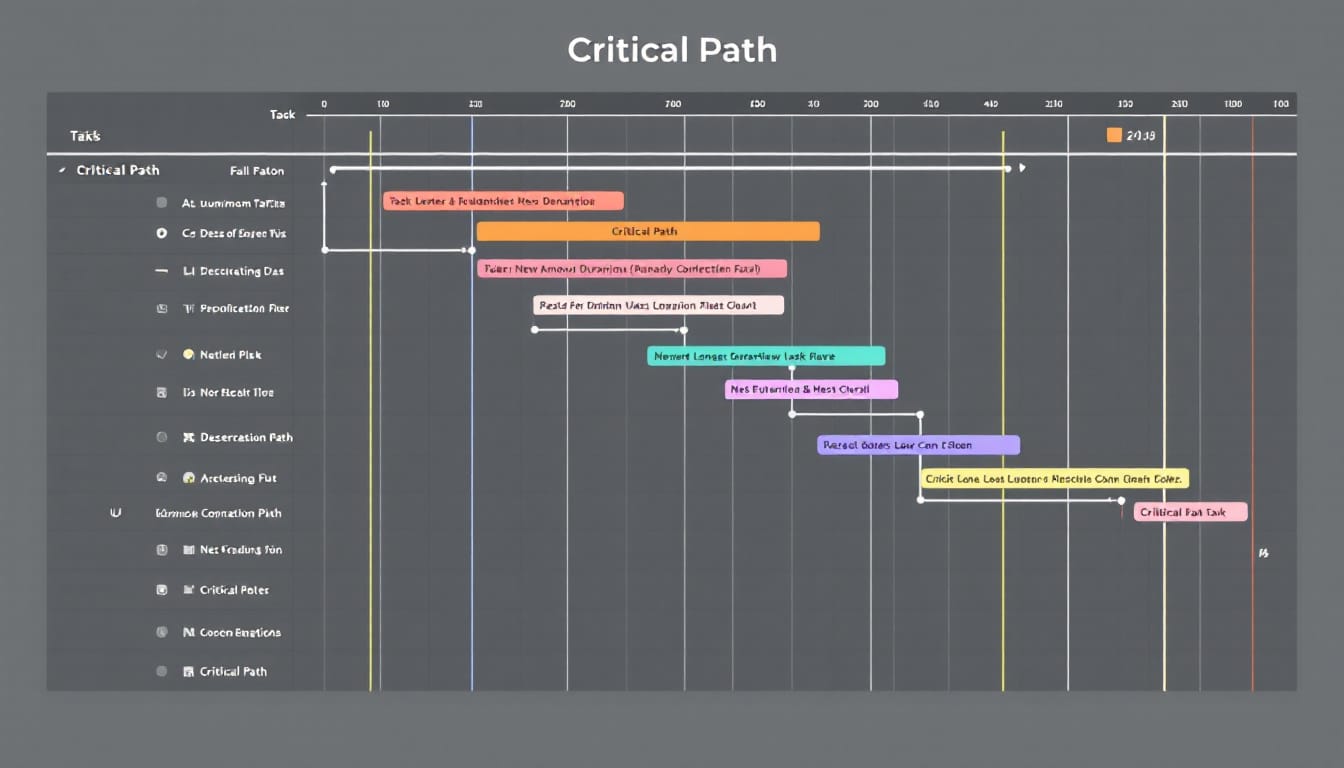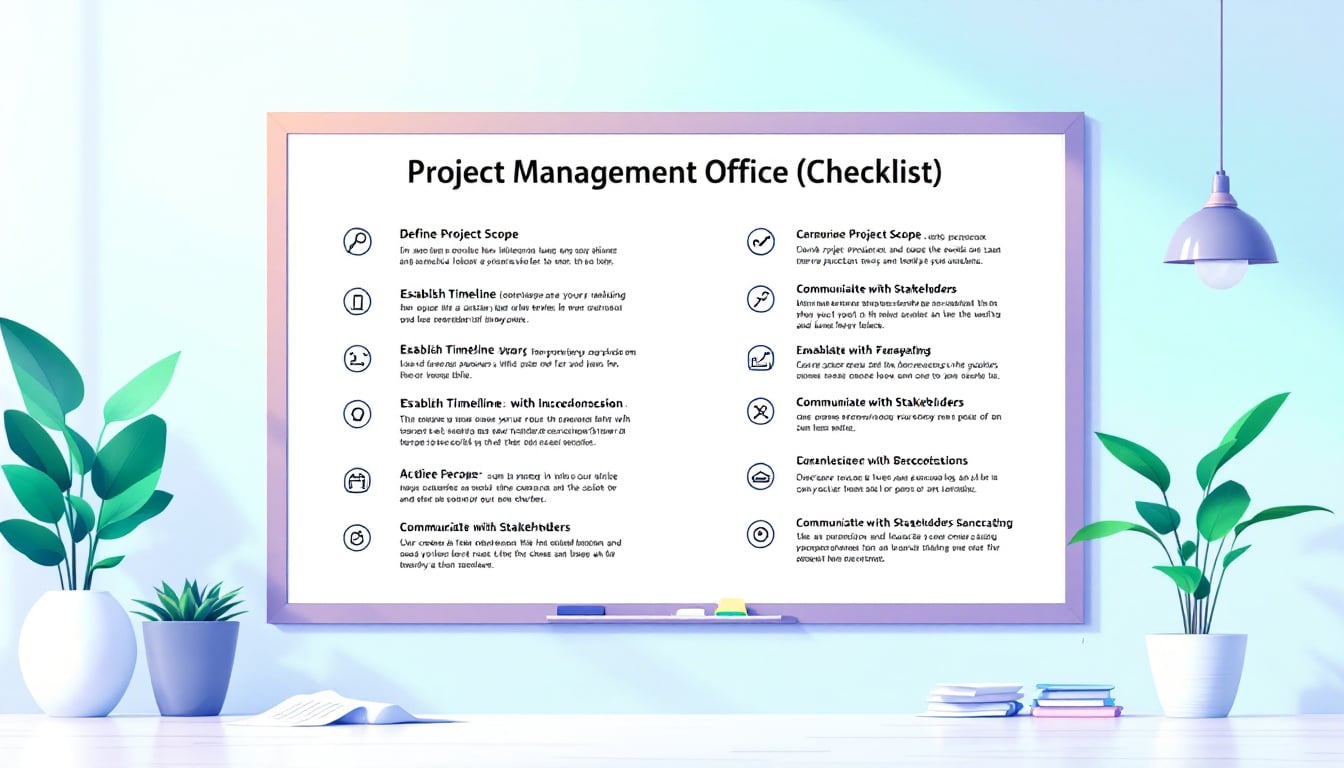Discover the secret of successful project managers. Learn the art of breaking down for better management.The Work Breakdown Structure (WBS) is your indispensable ally.
As a writer passionate about project management, I invite you to explore how a Work Breakdown Structure can revolutionize the way you plan and execute your projects. By breaking down a project into smaller and more manageable elements, the WBS offers a clear and detailed overview of the tasks necessary for their completion. This essential tool allows you to visualize the project scope and optimize resource allocation.
🔥 Nous recommandons Ideamap
Ideamap est l’outil idéal pour un brainstorming ou un projet collaboratif. Grâce son interface facile et à ses fonctions IA, Ideamap booste votre créativité tout en favorisant une meilleure organisation de vos idées pour atteindre vos objectifs.
The Work Breakdown Structure, often abbreviated as WBS, is a hierarchical representation that divides a project into more specific and actionable segments. For project managers, this breakdown facilitates planning, monitoring, and controlling the various phases of the project. Each level of the WBS represents a key step or deliverable, thus ensuring that all aspects of the project are taken into account and organized in a structured manner.
Using a WBS presents many advantages. First, it provides complete visibility over the entire project, allowing quick identification of critical tasks and their dependencies. Moreover, this method encourages better resource allocation, thus avoiding overloads or underutilization. In addition, a well-constructed WBS helps minimize the risks of delays and budget overruns by ensuring that each step is clearly defined and monitored.
A typical example of a WBS can be illustrated by the construction of a commercial building. The project is divided into five main phases: initiation, planning, execution, monitoring, and closure. Each phase contains specific deliverables and work packages that allow organizing and supervising the necessary tasks. For instance, the initiation phase includes site assessment, feasibility study, and project charter drafting. This hierarchical structure ensures a logical and orderly progression of the project, from its beginning to its completion.
There are mainly two types of WBS: deliverable-based and phase-based. The deliverable-based WBS divides the project according to the main outcomes to be achieved, while the phase-based WBS organizes the work according to the different stages of the project lifecycle. Each of these approaches has its own advantages, depending on the nature and specific requirements of the project.
The key elements of a WBS include the WBS dictionary, hierarchical levels, control accounts, project deliverables, work packages, and tasks. The WBS dictionary precisely defines each element, facilitating a common understanding among team members. Hierarchical levels allow structuring the project logically, while control accounts group work packages for effective tracking. Each deliverable and work package is broken down into specific tasks, ensuring that nothing is left to chance.
To create an effective WBS, follow these six essential steps:
- Define the scope, objectives, and goals of the project: Clarify what the project must accomplish and establish success criteria.
- Identify the phases of the project and control accounts: Divide the project into major steps and group related tasks.
- List the project deliverables: Detail all expected outcomes to ensure that no crucial element is missed.
- Establish the levels of the WBS: Organize deliverables and work packages hierarchically.
- Create work packages: Break down deliverables into smaller assignable tasks.
- Assign task responsibilities: Assign each task to a specific member or team, ensuring clear accountability.
The Work Breakdown Structure can be used in multiple ways to manage your projects effectively. Whether it’s defining the work scope, writing a statement of work, or establishing a work order, the WBS proves indispensable. It not only allows for accurate cost and schedule estimates but also proactive management of resources and risks.
Adopting best practices when creating your WBS is crucial. Adhere to the 100% rule by including all the work defined by the project scope. Use nouns for optimal clarity and be meticulous to leave no task aside. Ensure that tasks are mutually exclusive to avoid overlaps and maintain the structure at an appropriate level of detail, usually between three and five hierarchical levels.
Discover how renowned organizations use the Work Breakdown Structure to excel in their projects. By integrating a WBS into your methodology, you gain clarity, efficiency, and success.
#>

Understanding the Project Breakdown Structure
The work breakdown structure (WBS), or Work Breakdown Structure in English, is a fundamental tool in project management. It allows you to divide a complex project into smaller, more manageable segments. This hierarchical breakdown focuses on the project deliverables, facilitating the planning, organization, and monitoring of the various tasks needed to achieve the set objectives.
By using a WBS, project managers can visualize the entire project in a structured way. Each level of the hierarchy represents an increased level of detail, ranging from the large phases of the project to the most specific tasks. This approach aids in clarifying the project scope and identifying the dependencies and resources needed for each step.
One of the main advantages of the work breakdown structure is that it facilitates communication within the team. With a clear overview, each member can understand their role and responsibilities, reducing the risks of confusion and overlap. Furthermore, a well-crafted WBS serves as the foundation for developing the project schedule, estimating costs, and managing risks.
To delve deeper into project planning methods and essential elements to consider, you can refer to this article which offers valuable insights.
Why Use a Work Breakdown Structure (WBS)?
Using a work breakdown structure is crucial for the success of a project. It provides a clear and detailed vision of all the tasks necessary to achieve the objectives, thus allowing for better management and effective resource allocation. With the WBS, project managers can anticipate potential obstacles and plan suitable solutions.
Moreover, the WBS helps improve coordination among the various teams involved in the project. By breaking down the work into specific segments, it becomes easier to assign precise responsibilities and track the progress of each component. This also fosters better collaboration, as each team member knows exactly what is expected of them.
Additionally, a well-structured WBS allows for better estimates of costs and timelines. By identifying all the tasks to be performed, it is possible to more accurately predict the necessary resources and develop a realistic schedule. This reduces the risks of budget overruns and delays in deadlines.
Furthermore, the WBS is an essential tool for risk management. By breaking the project down into smaller tasks, it becomes easier to identify areas of vulnerability and implement preventive measures. This helps minimize unforeseen events and ensures a smooth progression of the project.
How to Create an Effective Project Breakdown Structure
Creating an effective project breakdown structure requires a methodical approach and a good understanding of the project objectives. Here are the key steps to develop a comprehensive and functional WBS:
1. Define the project scope: Start by identifying the main objectives and expected outcomes. This serves as a basis for delineating the boundaries of the project and determining essential deliverables.
2. Identify the main phases: Divide the project into major phases or lifecycle stages, such as initiation, planning, execution, monitoring, and closure. Each phase should represent a significant step in the advancement of the project.
3. Break down into deliverables and tasks: For each phase, identify the key deliverables and the tasks necessary for their completion. This step facilitates detailing the work to be done and ensures that nothing is overlooked.
4. Prioritize tasks: Organize tasks into a logical hierarchy, starting with the most general elements and moving towards the more specific ones. This makes it easier to visualize the entire project and understand the interdependencies.
5. Assign responsibilities: Clearly assign each task to a member of the team or a specific department. This ensures balanced workload distribution and avoids responsibility conflicts.
6. Use appropriate tools: Utilize project management software, such as ProjectManager, to create and manage your WBS. These tools allow you to visualize the structure interactively and facilitate real-time adjustments.
By following these steps, you can develop a clear and detailed WBS, essential for effective project management and successful achievement of your objectives.
The Different Types of Project Breakdown Structures
There are several types of work breakdown structures that you can adopt depending on the nature and requirements of your project. The two main categories are deliverable-based structure and phase-based structure.
Deliverable-Based Structure
This approach divides the project based on the main deliverables to be produced. Each deliverable represents a tangible result that contributes to achieving the project objectives. For example, in a software development project, the deliverables could include needs analysis, user interface design, code development, testing, and documentation.
A deliverable-based WBS facilitates managing stakeholder expectations and ensures that each deliverable is clearly defined and measurable. It also makes it easier to control quality and identify discrepancies from the initial plan.
Phase-Based Structure
In this approach, the project is divided into major lifecycle phases, such as initiation, planning, execution, monitoring, and closure. Each phase groups specific deliverables and tasks that need to be performed to move to the next one.
A phase-based WBS is particularly useful for projects with a sequential and strictly structured flow. It allows tracking the project’s progress step by step and ensures that each phase is completed before moving to the next one.
Depending on your specific needs, you can also combine these two approaches to create a hybrid WBS, thus offering increased flexibility and better adaptation to the peculiarities of your project.
To discover the influence of mind mapping on brainstorming and improve your planning process, check out this article.
The Benefits of a Well-Constructed WBS
A well-constructed work breakdown structure offers numerous advantages for the effective management of a project. Here are some of the main benefits:
Clarity and Organization: The WBS allows you to visualize the entire project in a structured manner, which facilitates understanding the different components and their interrelations. This clarity is essential to ensure that all stakeholders share a common vision of the project.
Better Planning: By breaking down the project into detailed tasks, it becomes possible to more accurately plan timelines, resources, and costs. This contributes to developing a realistic schedule and optimally allocating resources.
Risk Management: A detailed WBS makes it easier to identify potential risks at each stage of the project. This facilitates implementing preventive measures and preparing contingency plans.
Monitoring and Control: With a well-defined WBS, it becomes simpler to track the project’s progress and quickly detect discrepancies from the initial plan. This allows for timely corrective measures to keep the project on track.
Improved Communication: The WBS facilitates communication among team members and stakeholders by providing a clear and shared overview of the project. This reduces misunderstandings and promotes more effective collaboration.
Resource Optimization: By precisely identifying tasks and deliverables, a WBS allows for better allocation of human and material resources. This avoids waste and ensures efficient use of available resources.
Concrete Examples of Project Breakdown Structures
To better understand how a work breakdown structure functions, let’s examine some concrete examples in different contexts.
Construction Project
In a commercial building construction project, a WBS could be organized into five main phases: initiation, planning, execution, monitoring, and closure. Each phase includes specific deliverables and detailed tasks. For example, the execution phase might include site preparation, foundation, structure, electrical and plumbing installations, as well as interior and exterior finishes.
This approach allows for effective management of each project stage, ensuring quality work and adherence to the planned deadlines and budget.
Software Development Project
In the context of a software development project, the WBS could be divided into phases such as needs analysis, user interface design, code development, testing, and maintenance. Each phase would then be broken down into more specific tasks, such as drafting functional specifications, creating mockups, writing code modules, unit testing, and continuous integration.
This structure allows precise tracking of the project’s progress, quickly identifying problems, and ensuring the quality of the final product.
Marketing Project
For a marketing campaign project, a WBS might include phases such as market research, content strategy, creation of advertising materials, campaign implementation, and result analysis. Each phase would break down into specific tasks, such as conducting surveys, writing articles, designing visuals, managing social media, and evaluating performance.
This organization allows coordinating the different activities of the campaign, optimally allocating resources, and measuring the effectiveness of actions taken.
These examples illustrate how a WBS can be adapted to various types of projects, offering a clear structure and effective management of the tasks and resources necessary for project success.







